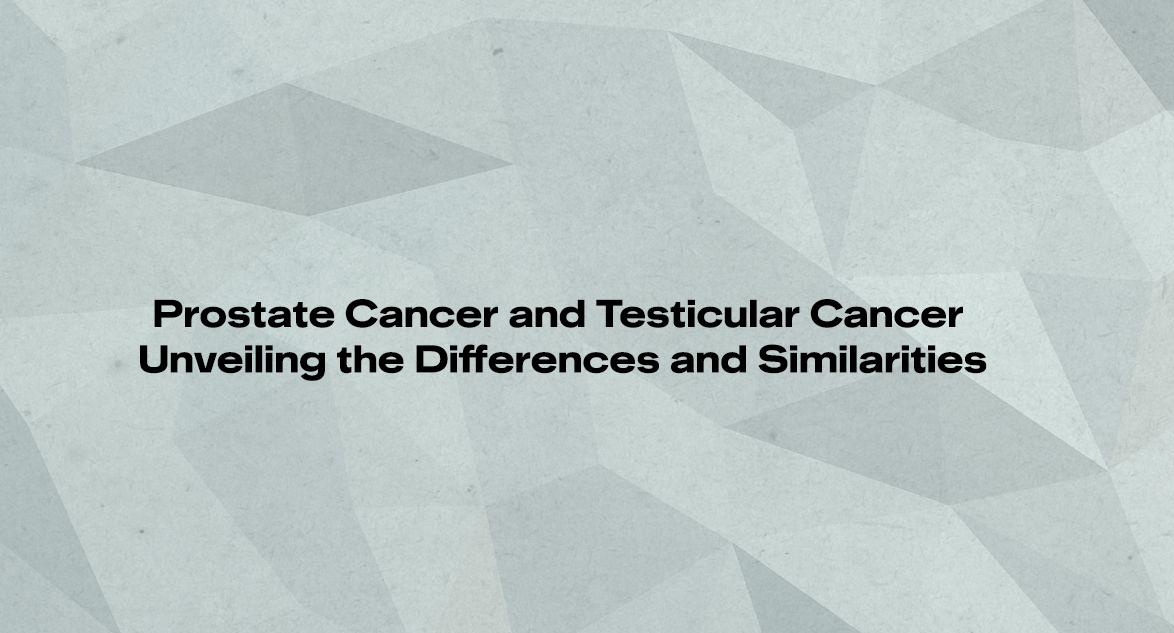The male reproductive system is a complex network of organs, each playing a crucial role in the intricate dance of hormones and fluids that define masculinity. Two significant players in this system are the prostate gland and the testicles. In this comprehensive guide, we delve into the world of prostate cancer and testicular cancer, shedding light on their unique characteristics, risk factors, and treatment options.
The Prostate: A Vital Player
The prostate, a chestnut-shaped organ nestled below the bladder, holds a pivotal role in male reproductive health. Responsible for producing a secretion that combines with seminal fluid from the testicles to form semen, the prostate is also involved in the production of prostate-specific antigen (PSA). This protein, essential for sperm motility, underscores the multifaceted functionality of this gland. Additionally, the prostate’s muscular prowess aids in propelling semen into the urethra during sexual activity, showcasing its integral role in the reproductive process.
Prostate Cancer Unveiled
Prostate cancer, a prevalent form of cancer in men, manifests when genetic changes trigger the uncontrolled growth of cancer cells within the prostate. Governed by the hormone testosterone, the prostate’s intricate dance with various biological processes makes it susceptible to malignancy.
The Testicles: Architects of Sperm and Testosterone
On the other side of the spectrum are the testicles, where sperm are crafted, and testosterone, the male sex hormone, is synthesized. Testicular cancer, although less common than its prostate counterpart, presents a unique set of challenges. Cancerous cells take root in the testicles, affecting both reproductive and hormonal functions.
Unraveling the Connection
While prostate and testicular cancers arise from distinct organs, a common thread binds them. Both share certain risk factors, such as a family history of cancer, African ethnicity, and residing in North America or Europe. This intricate web of genetic predispositions underscores the importance of understanding the nuanced relationship between these two types of cancer.
Treatment Approaches: A Shared Landscape
In the realm of treatment, prostate and testicular cancers find common ground. Watchful waiting and active surveillance emerge as viable options for both, allowing specialists to monitor the cancer’s progression through regular check-ups. This approach is particularly pertinent in cases of localized prostate cancer with a low Gleason score, indicating a less aggressive form of the disease.
Navigating the Treatment Terrain
For those without symptoms or complications, opting out of immediate treatment is a plausible strategy. This avenue minimizes the potential risks and side effects associated with cancer treatments. However, intervention becomes imperative if the condition takes a turn for the worse.
Surgery takes center stage in addressing testicular cancer, often involving the removal of the affected testicle. Similarly, surgery remains a viable option for prostate cancer when the tumor has not metastasized, and the patient’s overall health permits. Beyond surgery, radiation therapy and chemotherapy stand as formidable alternatives for cases where cancer has ventured beyond its initial confines.
In unraveling the intricacies of prostate and testicular cancers, it becomes evident that while these conditions have distinct characteristics, a shared genetic landscape and treatment approach bind them together. Understanding the unique nuances of each cancer type empowers individuals to make informed decisions about prevention, early detection, and treatment. As we navigate the complexities of male reproductive health, knowledge emerges as a potent tool in the fight against these formidable adversaries.

Leave a Reply